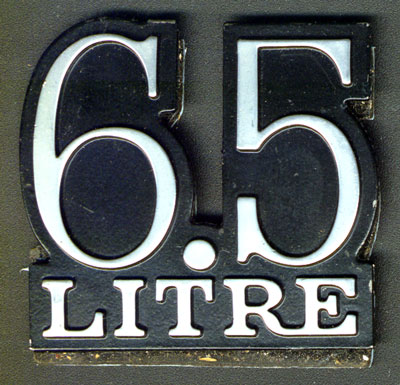
| 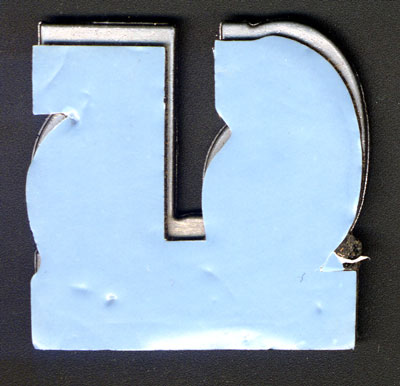
| 6.5 Litre trunk emblem It is made out of die-cast metal. This is the stick- on variety GM started selling as a replacement in the 80's. The original had 3 mounting pins. |
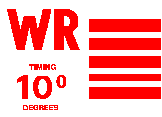
| Engine code label This is a reproduction of the engine code paper sticker that goes on the front of the driver's-side valve cover. It has the two letter engine code, ignition timing and and a bar code. It is not known what the bar code was for, but it possibly was used to set up the timing equipment to ensure the ignition timing was set correctly in production. Since it was paper, it deteriorated rather quickly and few examples survive. Vehicles built before the March 15, 1973 emissions system change used black ink instead of red. | |

| Battery label This is the label that goes on top of the standard Delco R89 side-terminal battery. It is placed on top of the battery so that it can be read from the front of the car. Since batteries only lasted about 3 years and were usually recycled, few examples survive. | |
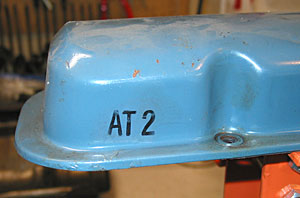
| Inspection stamp This is an engine inspection stamp on the front side of the driver's-side front valve cover. It does not stand for Automatic Transmission. Perhaps Assembly Test 2? | |
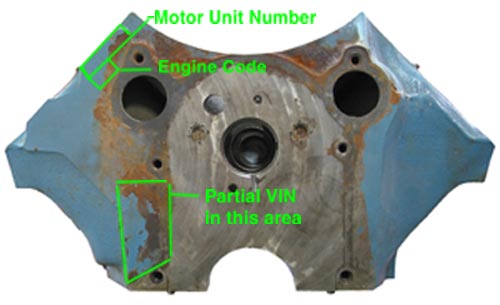
| Block ID Stamped Numbers Motor Unit Number Engine Code Partial VIN | |
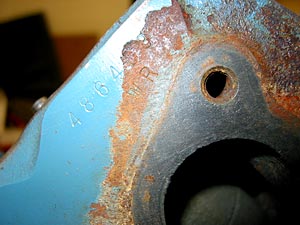
| Block ID Stamped Numbers (close up) Motor Unit Number Engine Code | |
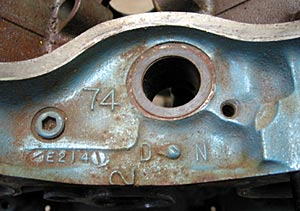
| Block ID Casting Numbers by Distributor 74 Model year E214 Casting date E = May, 21=21st day, 4=1974 2 Foundry casting line or Pontiac Division? D<N Cast on Day shift Note Allen head oil galley plug is not original. Pontiac used square drive plugs | |
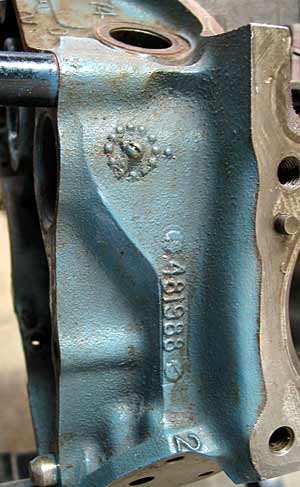
| Block ID Casting Numbers Passenger Side Rear 481988 Block casting number Circle with dots Time cast = 8am? 2 Foundry casting line or Pontiac Division? | |
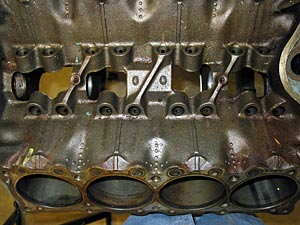
| Block ID Casting Numbers Lifter Valley 5 / 0 = 350 block 0 / 0 = 400 block 2 / 8 = 428 block 5 / 5 = 455 block X / X = 78-79 blocks | |
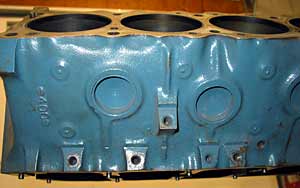
| Block ID Casting Numbers Driver's Side 400 = 400 455 = 455 Sometimes this number may be missing Note the 5 motor mount holes | |
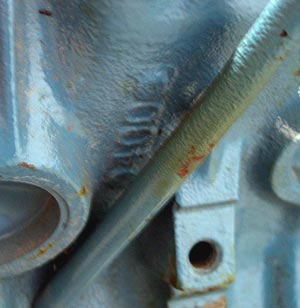
| Block ID Casting Numbers Passenger's Side 400 = 400 455 = 455 Sometimes this number may be missing Located behind dipstick tube Sometimes this number may be missing | |
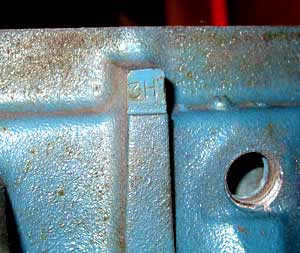
| Head ID Stamped Numbers 3H = 400 4bbl 4X head with screw-in studs and heavy valve springs for manual trans car. | |
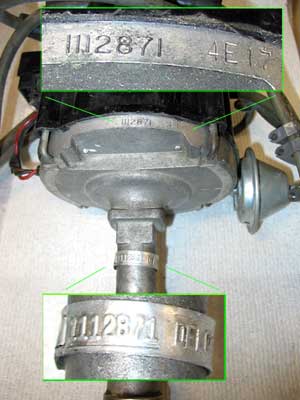
| 1974 HEI distributor Some articles say that HEI did not come out until 1975, but this is not true. HEI was released May 1st, 1974 which required new engine codes for the rest of the 1974 production year. Most, but not all engines got HEI. The SD-455 did not. The distributor has the number stamped on the side of the housing and also on the aluminum tag shown. 112871 is for a WR code manual trans 400. The date code 4E17 translates to: 4 different types
of distributors were offered in 1974 | |
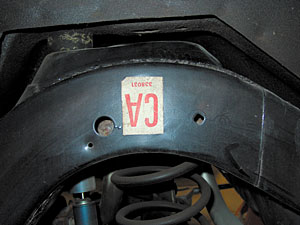
| Frame sticker This is an example of the sticker that goes on the driver's side of the frame behind the rear wheel. Note that is is mounted upside down. This is the way it was originally mounted. Frames were shipped upside down. It has a two letter code and the GM frame part number, 338031 for a 1974 2-door A-body frame. | |
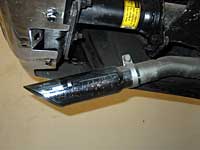
| 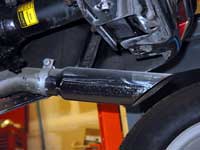
| Energy absorbers The bumper energy absorbers had yellow and black warning labels. |